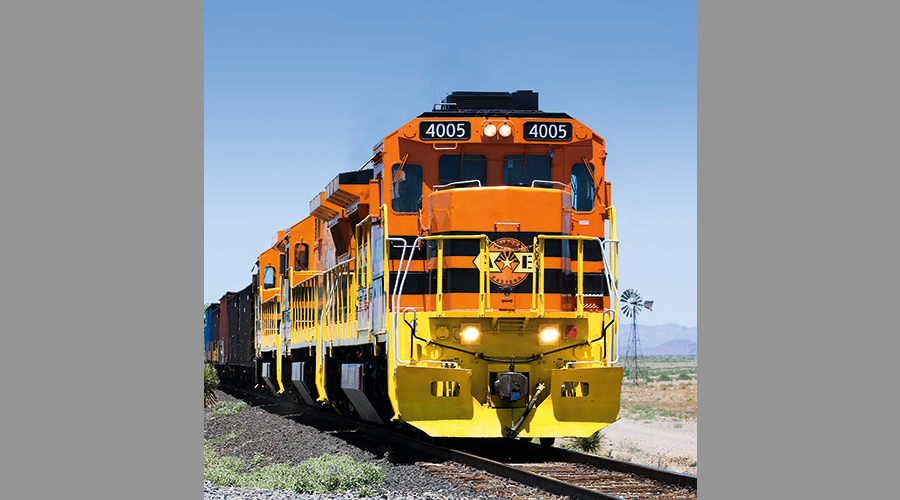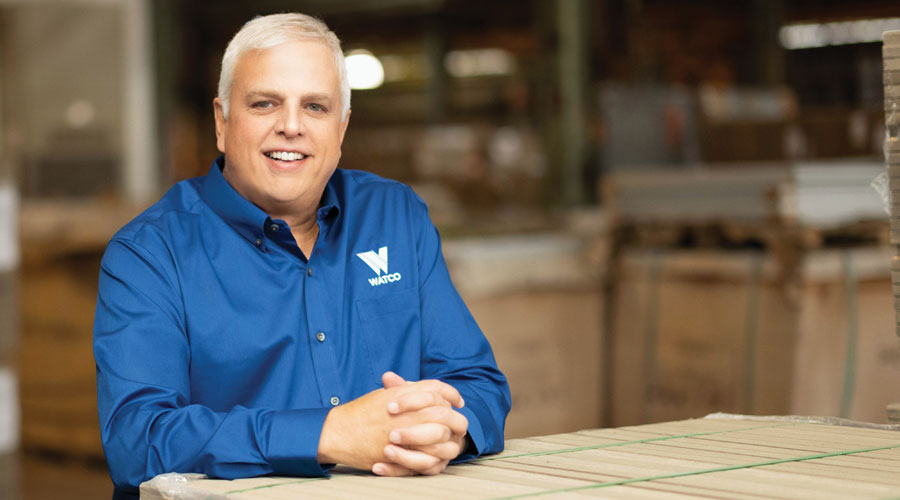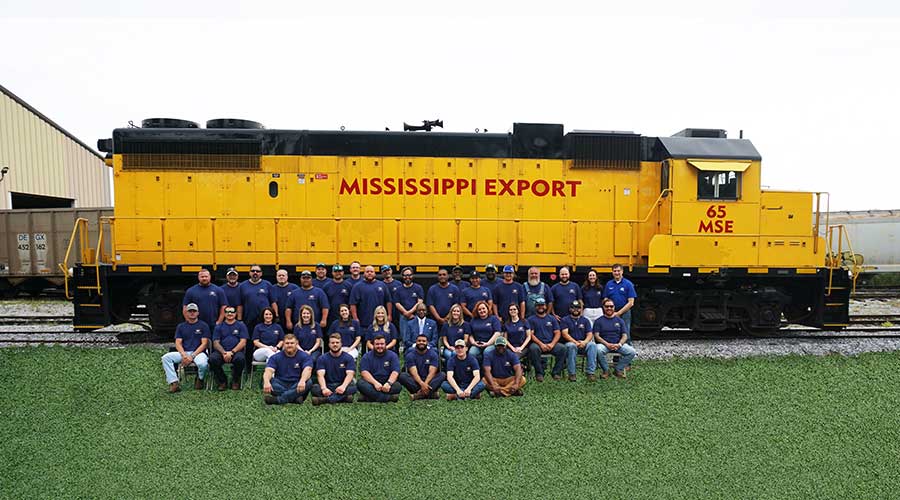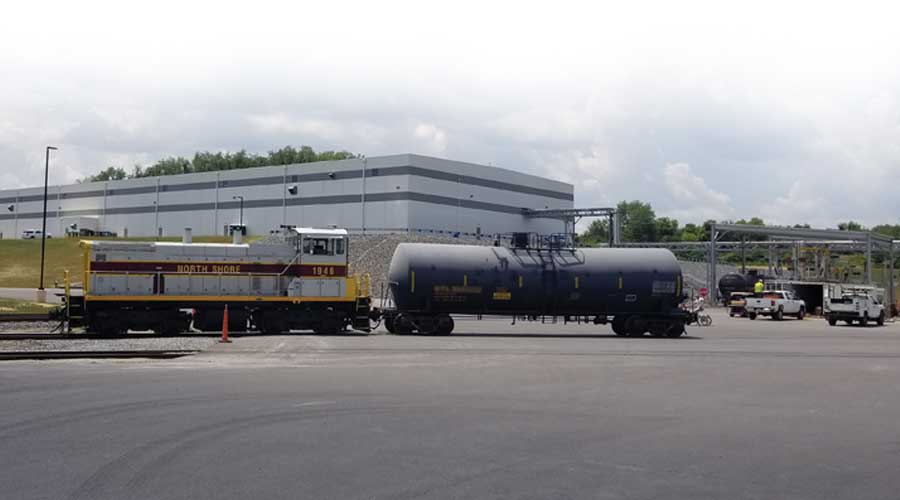Stay updated on news, articles and information for the rail industry
May 2013
Rail News: Short Lines & Regionals
Presentations at ASLRRA's centennial conference centered on such hot topics as crude, consolidation
More than 1,800 people attended the American Short Line and Regional Railroad Association’s (ASLRRA) centennial convention in Atlanta April 27-30, besting the attendance record set in 2012. And the droves who descended on the Atlanta Marriott Marquis heard some interesting comments during presentations conducted in a crowded ballroom and several near-capacity meeting rooms.
The convention included two general sessions held in the atrium ballroom and 35 breakout sessions in seven salons. During the event’s first general session on April 29, Union Pacific Railroad President and CEO Jack Koraleski and Federal Railroad Administrator Joseph Szabo offered these nuggets:
• In uncertain times, it’s best to lead your company with certainty. There will always be severe weather events, economies will ebb and flow, markets will shift and governments will pose obstacles. To clear a service-performance bar that continues to be raised, companies should look for opportunities in hard times, strive to be agile and innovative, cultivate a culture that’s comfortable with change and draw on past successes while avoiding an urge to “hunker down.” — Koraleski
ASLRRA show:
Images from in and around the exhibit halls and meeting rooms
Click on this link to view a web exclusive slide show
• The Federal Railroad Administration recently reached an agreement with the Ohio Rail Development Commission to take the lead in helping the state’s short lines participate in the Railroad Rehabilitation and Improvement Financing (RRIF) loan program. The FRA also is pursuing other states to become RRIF program partners by helping guide short lines through the loan process, paying the credit risk premium or making a railroad more creditworthy by sharing in the loan’s risk. In addition, the Upper Great Plains Transportation Institute and North Dakota State University soon will be conducting a study for the FRA to fully assess the capital needs of Class IIs and IIIs. — Szabo
The general session held the next day also prompted several noteworthy remarks. Three short-line holding company leaders shared the following during a panel discussion moderated by independent financial analyst and Progressive Railroading columnist Tony Hatch:
• Genesee & Wyoming’s acquisition of RailAmerica Inc. was good for the short-line industry. Taking a long-term view is good for everyone. The short-line industry is entrepreneurial, and on the verge of an unprecedented growth opportunity because of crude oil. No one’s building new railroads these days, but track is being built to seize natural resources. It will be interesting to see how much more consolidation there is in the short-line industry.
— John Fenton, president and CEO, Patriot Rail Corp.
• Acquisitions happen when they create value. Watco was a customer of a railroad before it became a railroad, so the company thinks like a customer. It has a broader view. We think there are opportunities for growth up and down the supply chain. Without the energy revolution, it would be more difficult to foster growth.
— Rick Webb, CEO, Watco Cos. L.L.C.
• My job is to deploy capital to pursue good ideas. There could be more acquisitions for us. Our growth has been consistent with GDP growth at about 2 percent. Coal and steel continue to feel the pain. A good thing for us is petroleum products and iron ore to support China. Since the RailAmerica acquisition, it’s been business as usual. We know the way the short-line industry works.
— Jack Hellmann, president and CEO, Genesee & Wyoming Inc.
Notable comments were sprinkled throughout a number of breakout sessions, as well. Some of the presentations — which covered such topics as crude oil and forest products business, frac sand and short-line customer needs — included these tidbits:
• We’re ready to handle forest products traffic growth, which is being spurred by a pick up in housing starts, residential improvements and industrial production. We’re averaging 171,000 loads of lumber per week, which is below the peak of forest products traffic that occurred in 2005. To accommodate traffic demand, we’re acquiring 60-foot high-cube box cars and adding centerbeams to our fleet, and upgrading some cars.
— Susan Brown, senior business director of forest products, Union Pacific Railroad
• Over the past one-and-a-half years, there have been shortages of box cars for the paper industry. How can you run out of cars in a down market? There have been more retirements than new builds. Builders are producing tank cars and frac sand hoppers for crude oil and are not building a lot of box cars. Our role as a shipper is to provide good forecasts. The railroads are running well, but I’m not sure it makes up for the shortages of cars.
— Glen Courtwright, director of strategic operations, Georgia-Pacific Corp.
• Forty percent of the United States is covered by shales and basins, so crude is a national story. We have offset half of our coal downturn with crude business. We began serving the Bakken Shale in February 2009 and since then total traffic in the Williston Basin has skyrocketed. By year’s end, we expect to move 700,000 barrels per day out of the shale, and that figure that could reach 1 million barrels per day sometime next year.
— Vann Cunningham, assistant vice president of economic development, BNSF Railway Co.
• Why do we ship crude by rail? It allows us to transport the right barrel to the right place, alleviates a locked-in supply, is ideal for production areas that don’t have access to a pipeline and provides speed to market.
— Terry Doherty, director of rail strategy and commercial development, Genesis Energy L.P.
• Four years ago, we had one sand quarry in central Texas. Now, we have put in two major frac sand mines in Wisconsin. The best frac sand is mined in Minnesota and Wisconsin because of its high quality. Crude production is not a fad. It’s a market that’s trending upwards.
— Richard Shearer, president and CEO, Superior Silica Sands L.L.C.
• Frac sand is an exciting industry to be in today. If there’s anything this country needs is jobs, and this industry is creating good, high-paying jobs. We now have a bigger hopper car fleet than BNSF or Union Pacific.
— John Pritchard, director of logistics and planning, Preferred Sands
• The pros of working with short lines are better communication, a willingness to work on local issues and a quicker reaction time. The cons are that it adds to the freight cost and adds delays as an interchange.
— Mona Moorman, rail services manager, Domtar Corp. (a paper shipper)


 2025 MOW Spending Report: Passenger-rail programs
2025 MOW Spending Report: Passenger-rail programs
 Gardner steps down as Amtrak CEO
Gardner steps down as Amtrak CEO
 Guest comment: Oliver Wyman’s David Hunt
Guest comment: Oliver Wyman’s David Hunt
 Women of Influence in Rail eBook
Women of Influence in Rail eBook
 railPrime
railPrime








